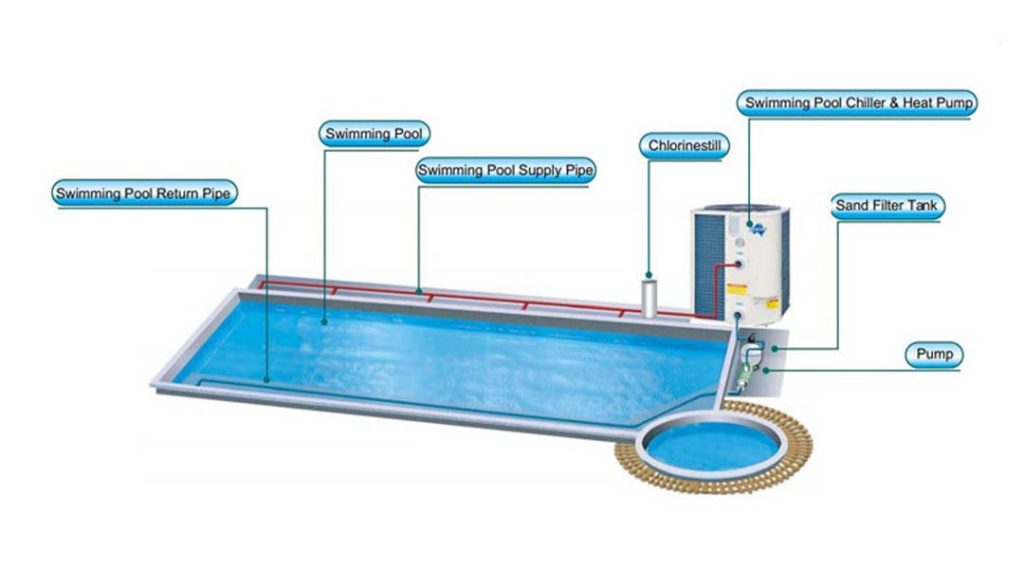What Is a Manifold? A Key Component for Smart Plumbing & Heating
If you’ve ever wondered how modern plumbing and radiant heating systems distribute water so efficiently, the answer often lies in a clever little device called a manifold.
Manifolds may not get much attention, but they’re critical for managing water flow in homes and commercial buildings. Whether you’re installing underfloor heating or upgrading your plumbing system, understanding what a manifold does—and why it matters—can help you make smarter decisions.
🔧 What Is a Manifold?
A manifold is a central hub that distributes water (or another fluid) from a single source to multiple outlets. Think of it as the “traffic controller” of your system—it channels water where it’s needed and allows for independent control of different zones.
Manifolds are used in:
•Plumbing systems (to manage hot and cold water lines)
•Radiant underfloor heating
•Hydronic heating systems
•Geothermal loops
•Automotive and industrial applications
🏠 How Manifolds Work in Plumbing & Heating
In a radiant heating system, for example, a manifold connects to the boiler or heat pump and distributes hot water through a network of pipes laid under the floor. Each pipe loop (or “zone”) is connected to the manifold, allowing you to control temperature and flow separately in each room or area.
In a plumbing manifold system, each fixture (like a sink, shower, or toilet) gets its own dedicated line. This design reduces pressure drops, balances water flow, and can simplify maintenance.
✅ Benefits of Using a Manifold
1.Improved Control
Manifolds allow individual zones to be turned on or off without affecting the rest of the system. Perfect for rooms with different heating or water needs.
2.Energy Efficiency
With better control comes reduced energy and water waste. You only heat or deliver what you need.
3.Simpler Maintenance
Need to fix a leak in the kitchen? Just shut off the water to that line at the manifold—no need to shut down the entire system.
4.Even Distribution
Water or heat is delivered evenly across zones, reducing cold spots and inconsistent pressure.
5.Scalability
Manifolds make it easier to expand your system in the future. Want to add a new bathroom or room to your heating circuit? Just plug into the manifold.
🔍 Types of Manifolds
•Plumbing Manifolds: Typically made from plastic, brass, or stainless steel. Come with shut-off valves or PEX fittings.
•Radiant Heat Manifolds: Often include flow meters, temperature gauges, and mixing valves for precise control.
•Hydronic or HVAC Manifolds: Used to manage distribution in heating and cooling loops.
•Custom Industrial Manifolds: Built to spec for commercial or process piping systems.
🛠️ Installation Considerations
•Always hire a qualified plumber or HVAC technician.
•Plan for future expansion by choosing a manifold with extra ports.
•Consider location: it should be accessible for maintenance.
•Use proper insulation around the manifold and piping to prevent energy loss.
While manifolds might seem like a behind-the-scenes component, they play a front-line role in efficient plumbing and heating systems. Whether you’re upgrading your home’s heating or designing a new build, a well-chosen manifold offers control, reliability, and long-term efficiency.
Smart home, smart systems—start with a smart manifold.


